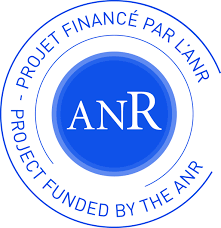The rare event searches in astroparticle physics by means of heat-scintillation cryogenic bolometers (HSCBs), the core of which is made of bulk crystals, is an emergent field that encompasses the quests for the basic particles of the dark matter (DM) halo of our galaxy and for the nature of the neutrino -that could possibly reveal a new type of matter consisting of Majorana fermions-, and the spectroscopic exploration of the rare fast neutrons being the ultimate background found on DM direct detection in underground sites.
It turns out that large Li2MoO4 (LMO) single crystals, of mass in the range 350-500 g, would be excellent candidates to build such HSCBs able to address two kinds of rare events: neutrinoless double beta decays (0ν2β) and fast neutron backgrounds. We propose to grow not only larger Li2MoO4 crystals, but also with unprecedented purity and quality, by means of combined Czochralski pulling and modelling, single crystals characterizations and exploratory bolometer tests.
CLYMENE will break down the boundaries between crystal growers and astroparticle physicists and benefit from contributions of both communities converging towards a single interdisciplinary collaborative project. The main purpose of CLYMENE is to set the basis for versatile HSCBs capable of addressing the 0ν2β detection and to pave the way for the development of a transportable fast neutrons cryogenic monitor.
In the CLYMENE project, the feedback between scintillation measurements, detector performances (background) and crystal growth will enable the elaboration of one pilot natural LMO crystal of mass ~500 g, and three other pilot LMO crystals of mass ~500 g, one of which will be enriched with 6Li isotope (95 %) and the remaining two will contain a considerable amount of enriched 7Li (99.9 %).
The CLYMENE consortium is based on a synergetic interaction between experimented scientists of complementary research teams: a crystal growth laboratory, a growth process simulation laboratory, a crystal technology platform and an astroparticle physics laboratory.

